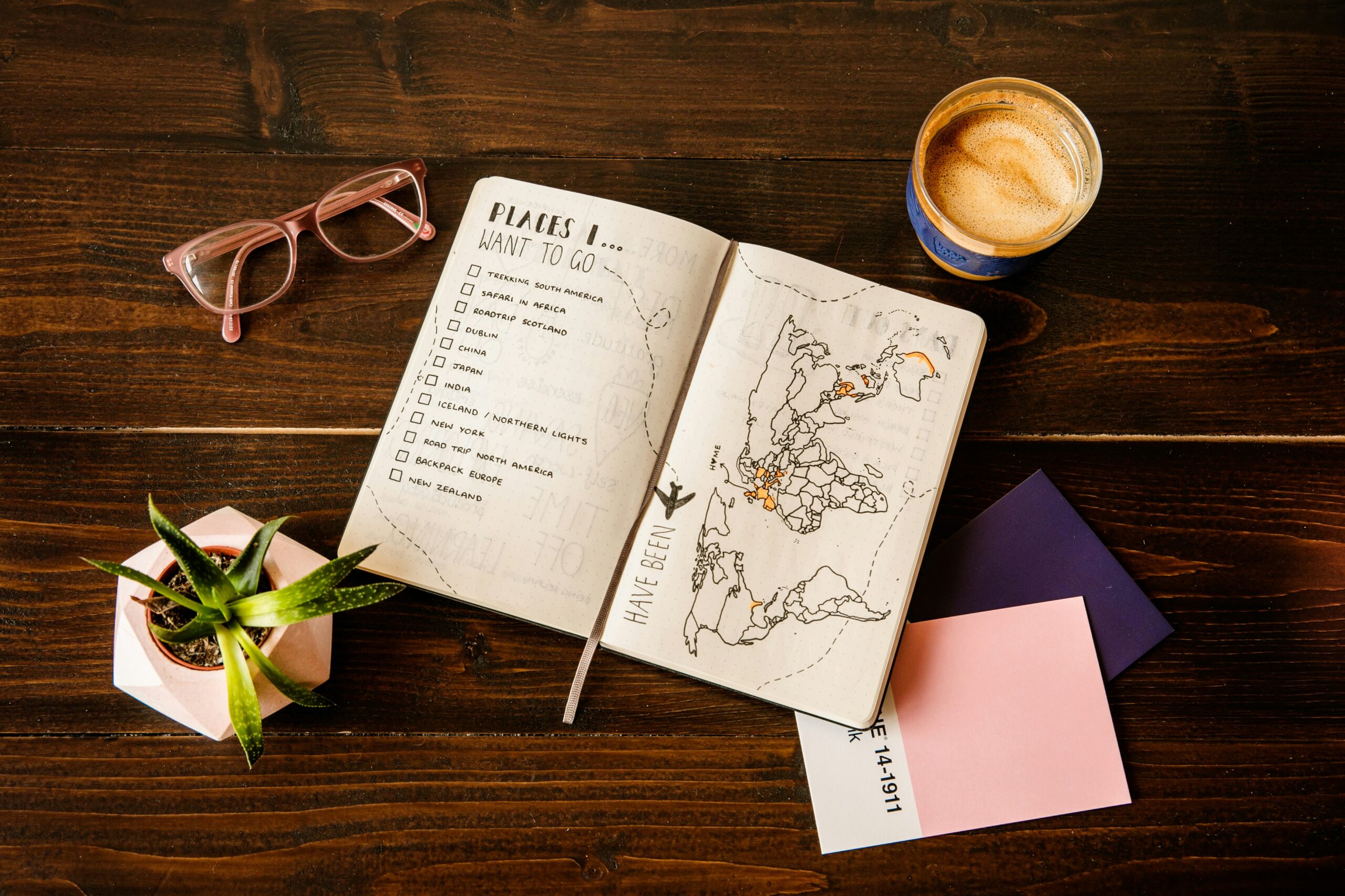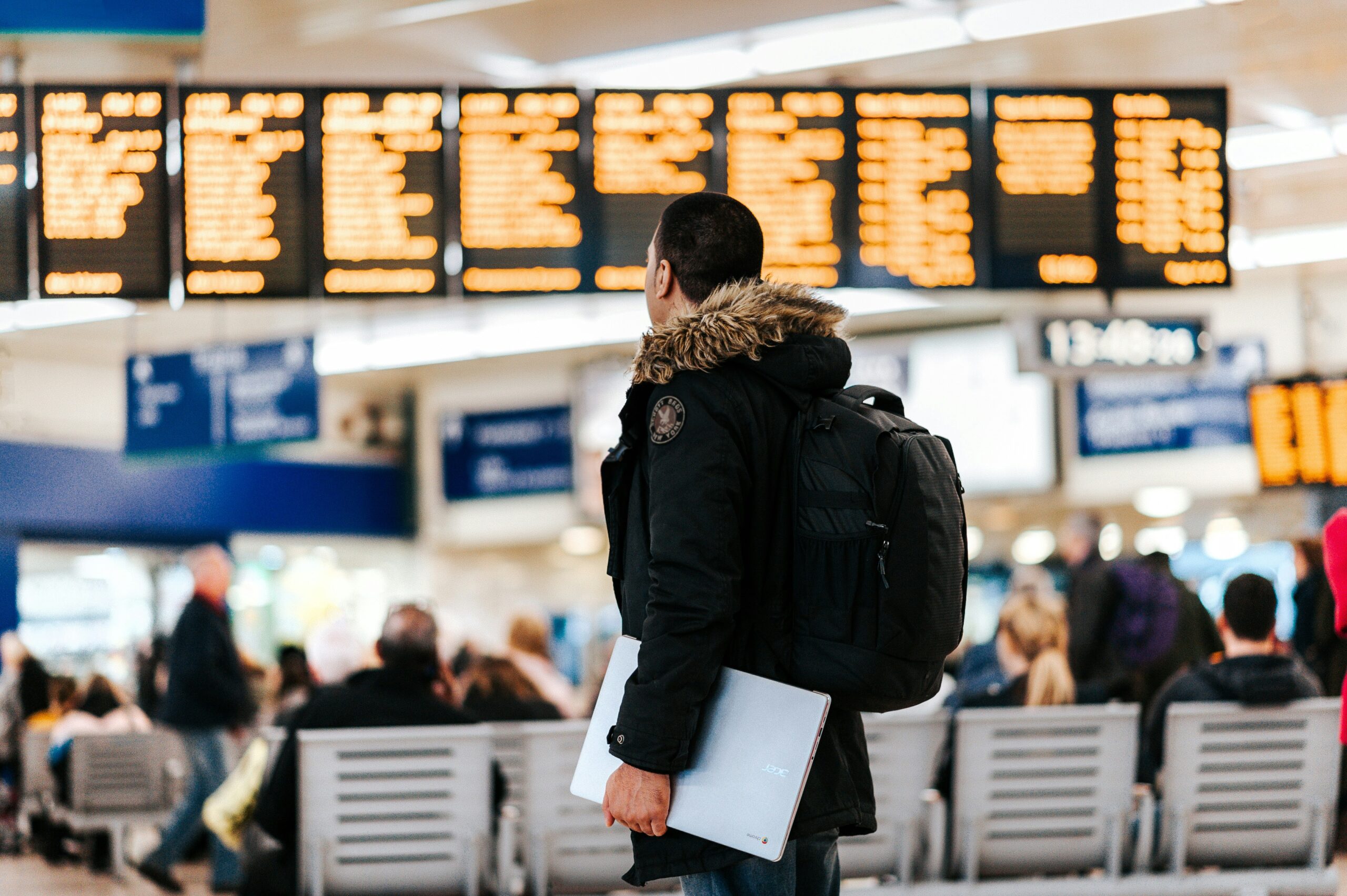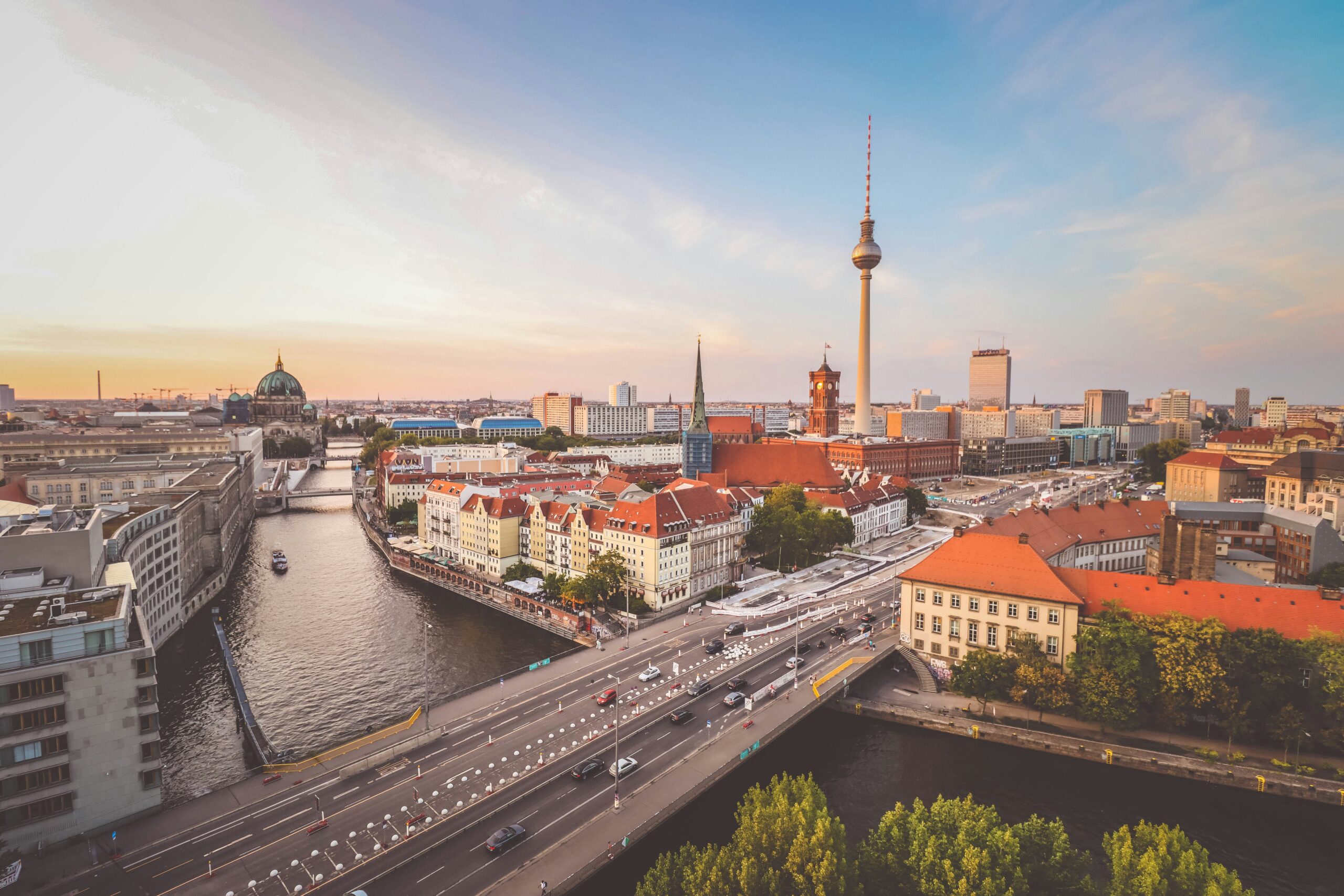Planning a trip can be an exciting yet overwhelming experience. From choosing the perfect destination to booking flights and accommodations, there are countless decisions to be made. In today’s digital age, technology plays a significant role in simplifying the travel planning process. User Interface (UI) and User Experience (UX) design have revolutionized the way we plan our journeys, making it more seamless and enjoyable than ever before.
Understanding UI/UX in Travel Planning
UI/UX design focuses on creating intuitive, user-friendly interfaces that enhance the overall experience of using a website or application. When it comes to travel planning, UI/UX design aims to streamline the process, making it easier for travelers to research, book, and organize their trips.
By incorporating UI/UX principles into travel planning platforms, companies can provide users with a visually appealing and functional interface that guides them through each step of the journey. From visually stunning destination galleries to interactive maps and personalized recommendations, UI/UX design creates an immersive experience that inspires and assists travelers in crafting their dream trips.
The Benefits of Seamless Travel Planning
Seamless travel planning not only saves time but also reduces stress and uncertainty. With well-designed UI/UX interfaces, travelers can easily navigate through various options, compare prices, and make informed decisions. Here are some of the key benefits of incorporating UI/UX design into travel planning:
1. Intuitive User Interface:
A well-designed user interface ensures that travelers can effortlessly find the information they need. From clear navigation menus to intuitive search filters, UI/UX design simplifies the process of browsing through destinations, accommodations, and activities. This allows travelers to focus on the fun part of planning their trip rather than getting lost in a maze of confusing options.
2. Personalized Recommendations:
UI/UX design enables travel planning platforms to offer personalized recommendations based on user preferences. By analyzing user data and behavior, these platforms can suggest destinations, activities, and accommodations that align with the traveler’s interests. This personalized approach saves time and provides travelers with tailored options that suit their individual needs.
3. Seamless Booking Process:
Booking flights, accommodations, and activities can be a tedious task. UI/UX design streamlines the booking process by eliminating unnecessary steps and simplifying the payment process. With a few clicks, travelers can secure their bookings and receive instant confirmations, minimizing the risk of errors or double bookings.
4. Interactive Maps and Itineraries:
Visual aids such as interactive maps and itineraries enhance the travel planning experience. UI/UX design allows travelers to explore destinations, attractions, and routes in a visually engaging way. By providing interactive maps with detailed information, travelers can easily plan their itineraries and make the most of their time in each location.
The Future of Travel Planning
As technology continues to advance, the future of travel planning looks even more promising. Virtual reality (VR) and augmented reality (AR) are already being integrated into travel planning platforms, offering users a more immersive and realistic experience. Imagine being able to virtually explore a hotel room or take a virtual tour of a destination before making a booking.
Additionally, artificial intelligence (AI) is revolutionizing the way we receive recommendations and assistance during the travel planning process. AI-powered chatbots can provide instant responses to queries, offer personalized recommendations, and even assist with booking arrangements. This level of automation and personalization will undoubtedly enhance the overall travel planning experience.
Conclusion
UI/UX design has transformed the way we plan our journeys, making it easier, more personalized, and visually appealing. By incorporating intuitive interfaces, personalized recommendations, and seamless booking processes, travel planning platforms have revolutionized the industry. As technology continues to evolve, the future of travel planning looks even brighter, with virtual reality and artificial intelligence set to further enhance the overall experience. So, the next time you plan a trip, embrace the innovative power of UI/UX design and enjoy a seamless journey from start to finish.











Leave a Reply